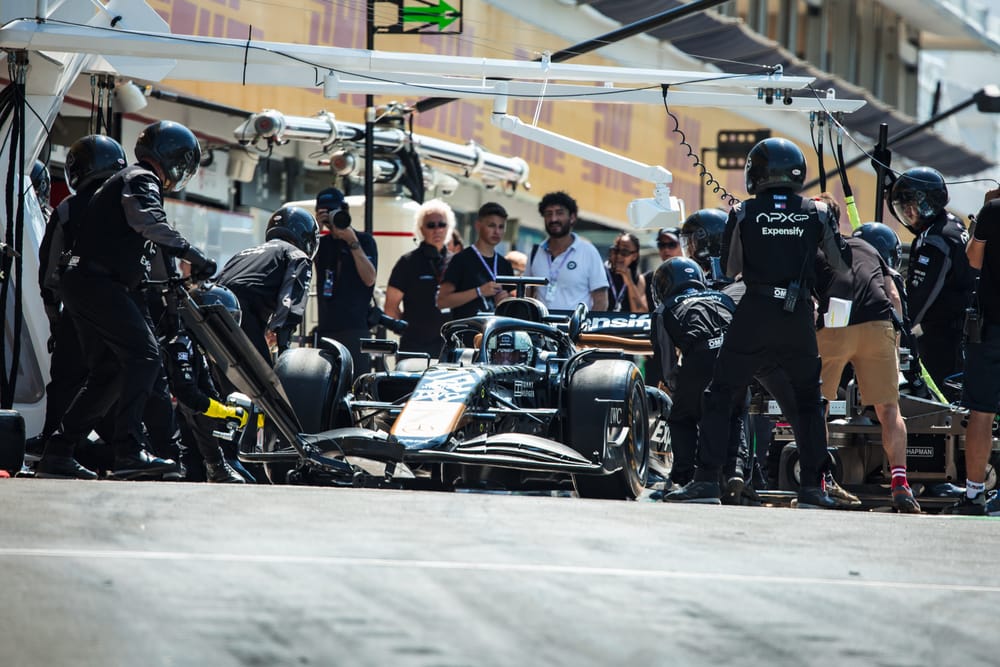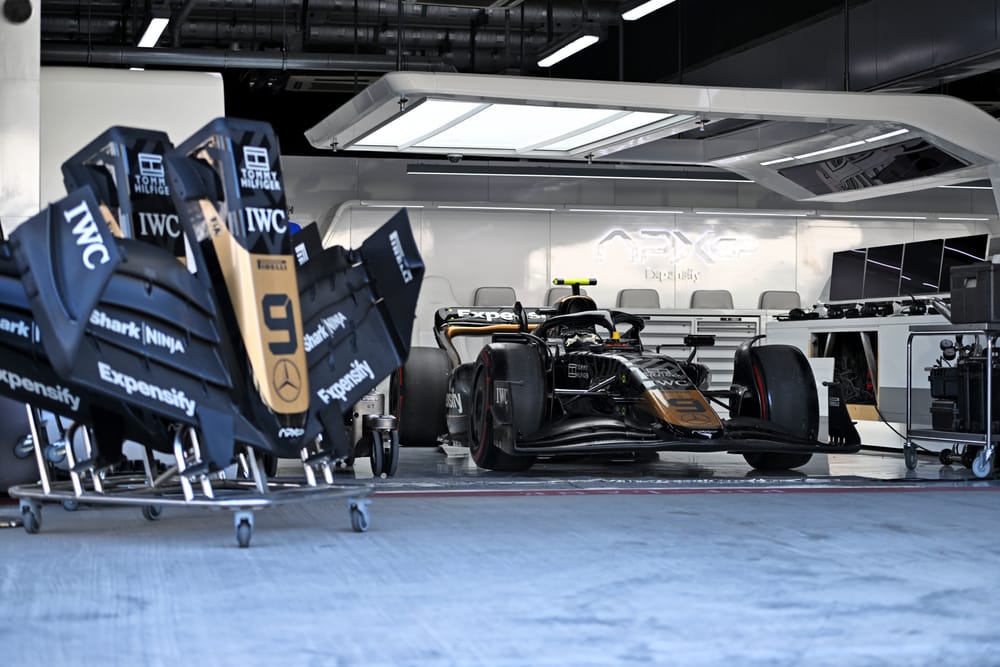The Formula 1 movie is now just a few weeks away from what Hollywood super-producer Jerry Bruckheimer admits is a scary release.
F1, starring Brad Pitt and the brainchild of the key people behind Top Gun: Maverick, with Lewis Hamilton formally attached to the project from early on via a producer’s credit, will be in theatres on June 25 internationally and June 27 in North America.
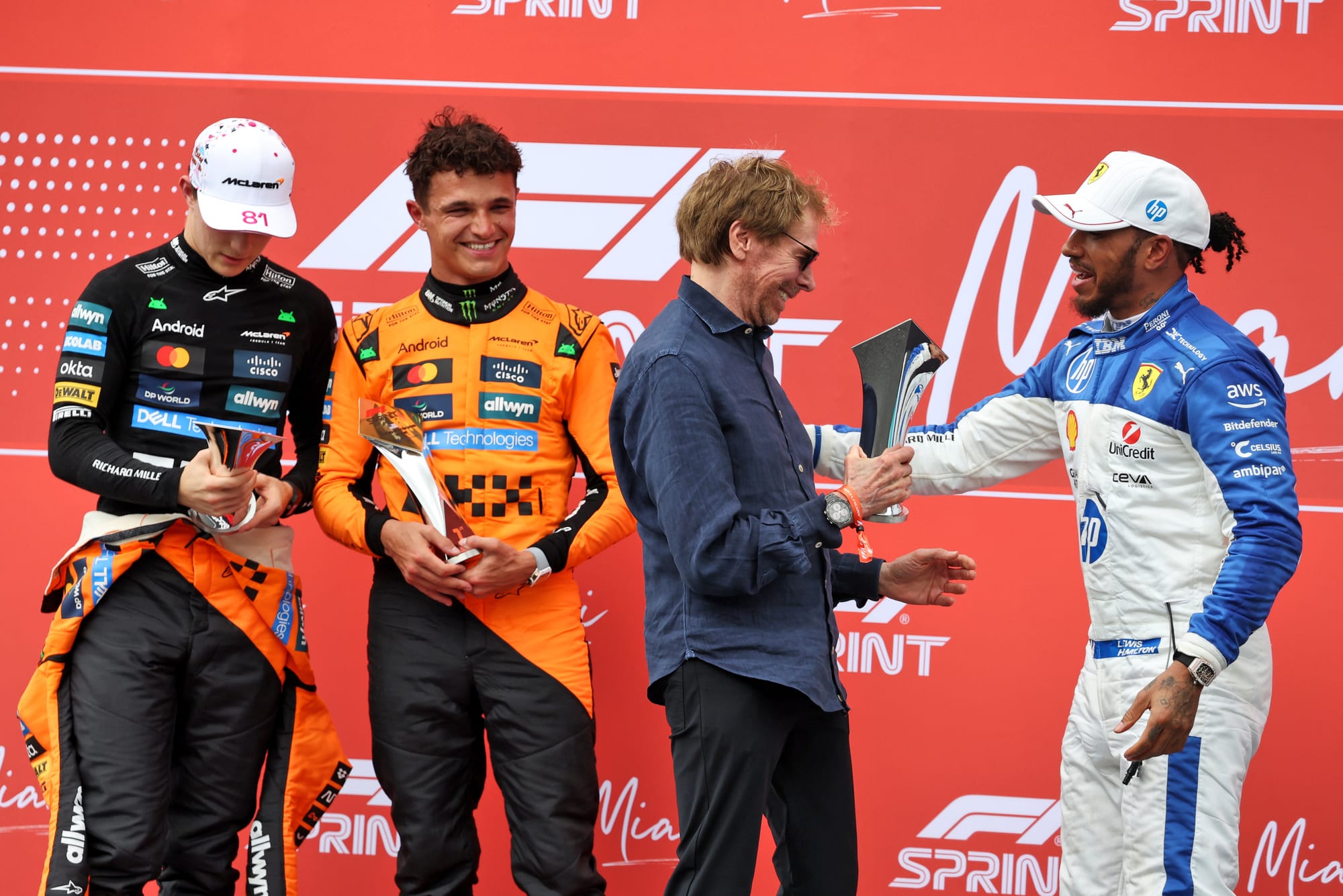
The filmmakers and actors spent two seasons travelling to and filming at various F1 races, in addition to plenty of more conventional work behind the scenes.
And through that came a new experience even for Bruckheimer, someone whose work in television and film spans several decades and some of the highest-grossing films of all-time - and who, in an interview with The Race, opts for an unusual example of how this world has turned him into a self-described “newly converted” fan.
“Just being part of this amazing circus,” Bruckheimer tells us. “It’s just fascinating to see how this is all organised and what an amazing job they do.
“I mean just moving…like the whole Mercedes trailer, it's unbelievable. It's like a military operation.”
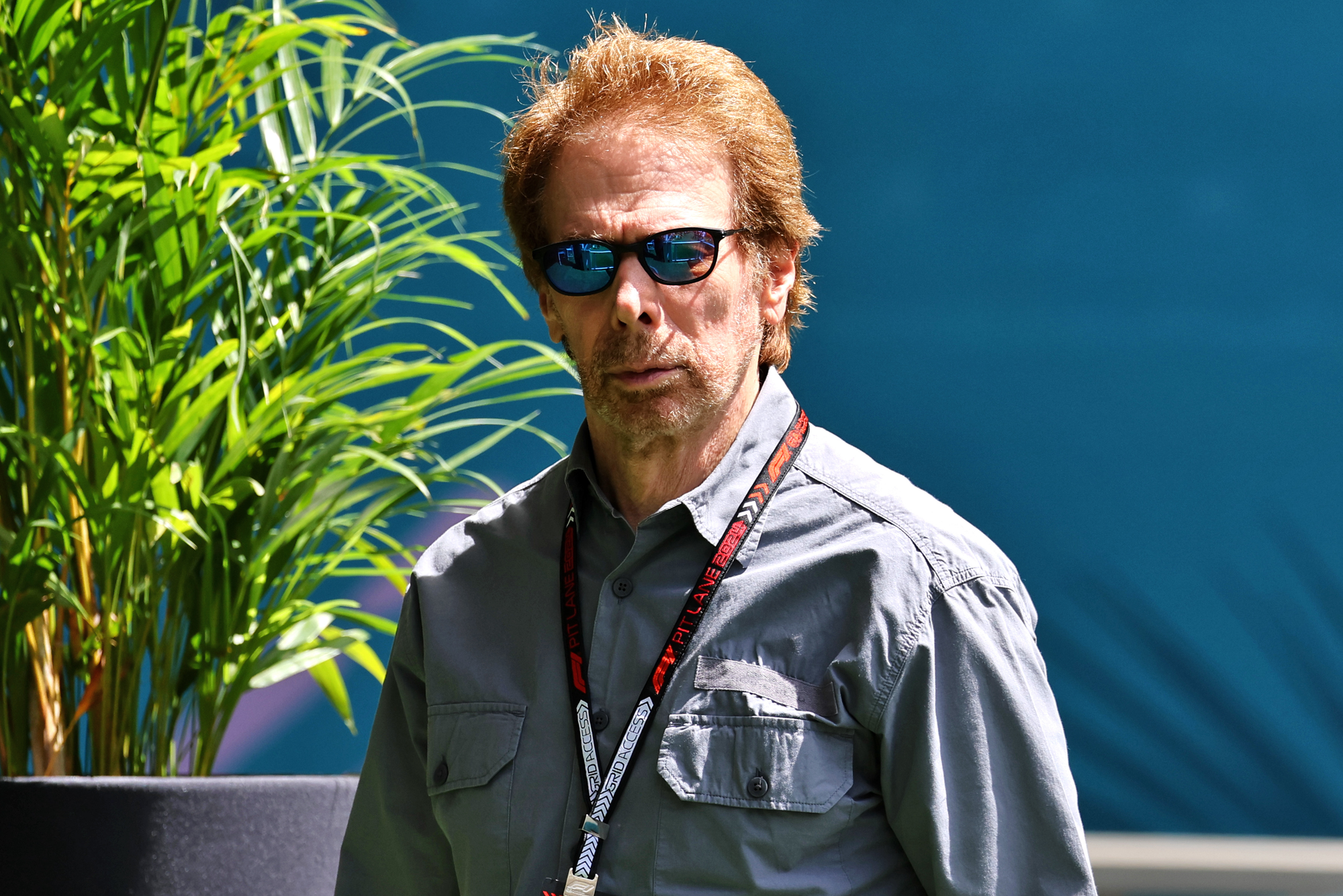
F1’s other-worldly logistical competence is unlikely to be a central plot point in the movie, but it was a very welcome quality when it came to executing such a bold undertaking, turning the paddocks, grids and tracks into temporary live movie sets in the middle of grand prix weekends.
And with so much filming in front of a live audience, it was inevitable that little moments would leak out, and the release of teasers and then full trailers have exposed more of the film’s plot points and visual spectacle.
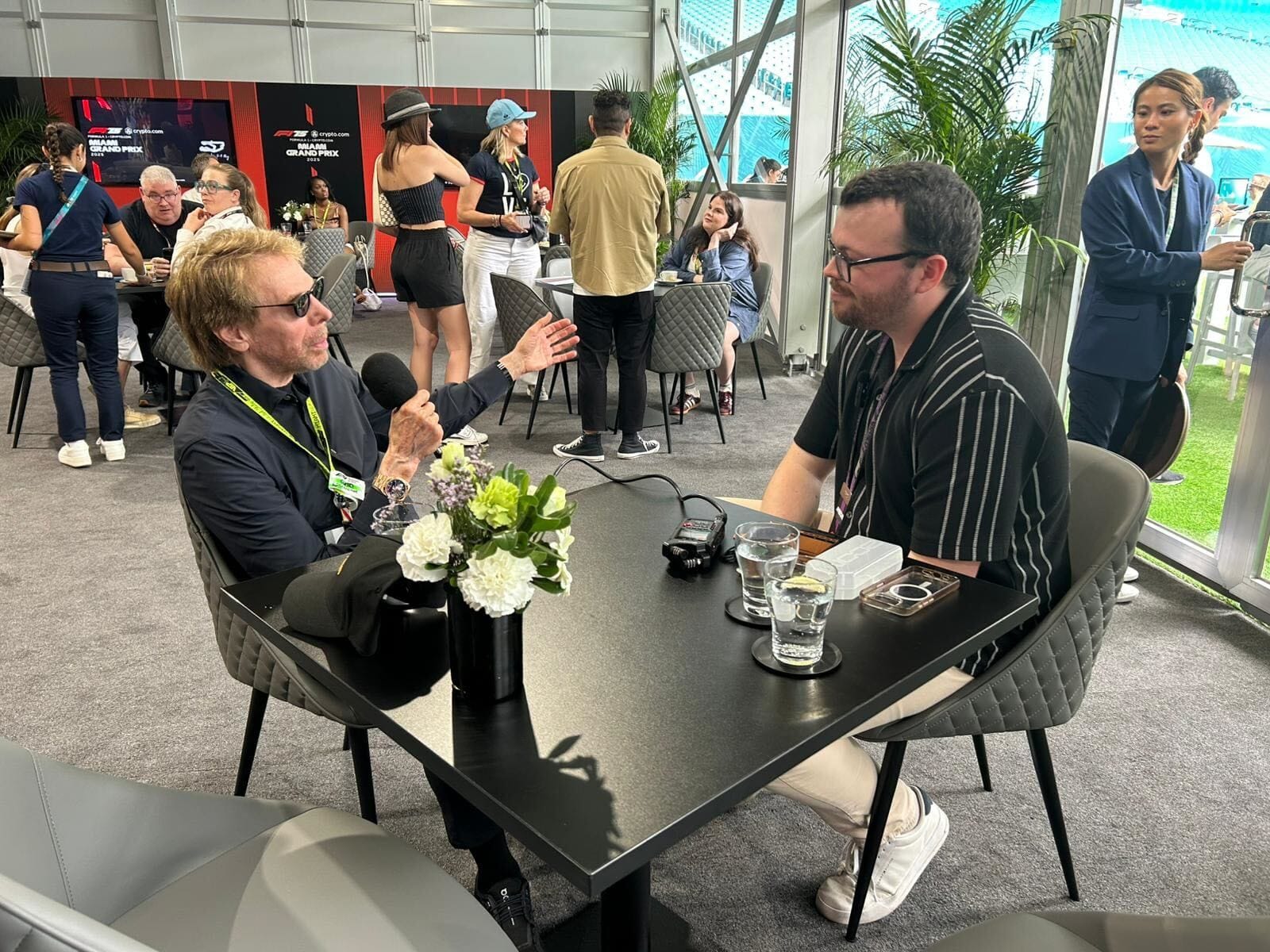
It is, unsurprisingly, a very visceral offering - very Hollywood, as most of the drivers who were given a screening of the film recently in Monaco would say. But many are giving it the benefit of the doubt for a simple reason.
This has been a massive commitment to trying to capture parts of F1 like it never has been before, and show respect to those who love the nuances of grand prix racing - two things that come across very clearly in conversation with Bruckheimer.
'We wouldn’t have made it' without access
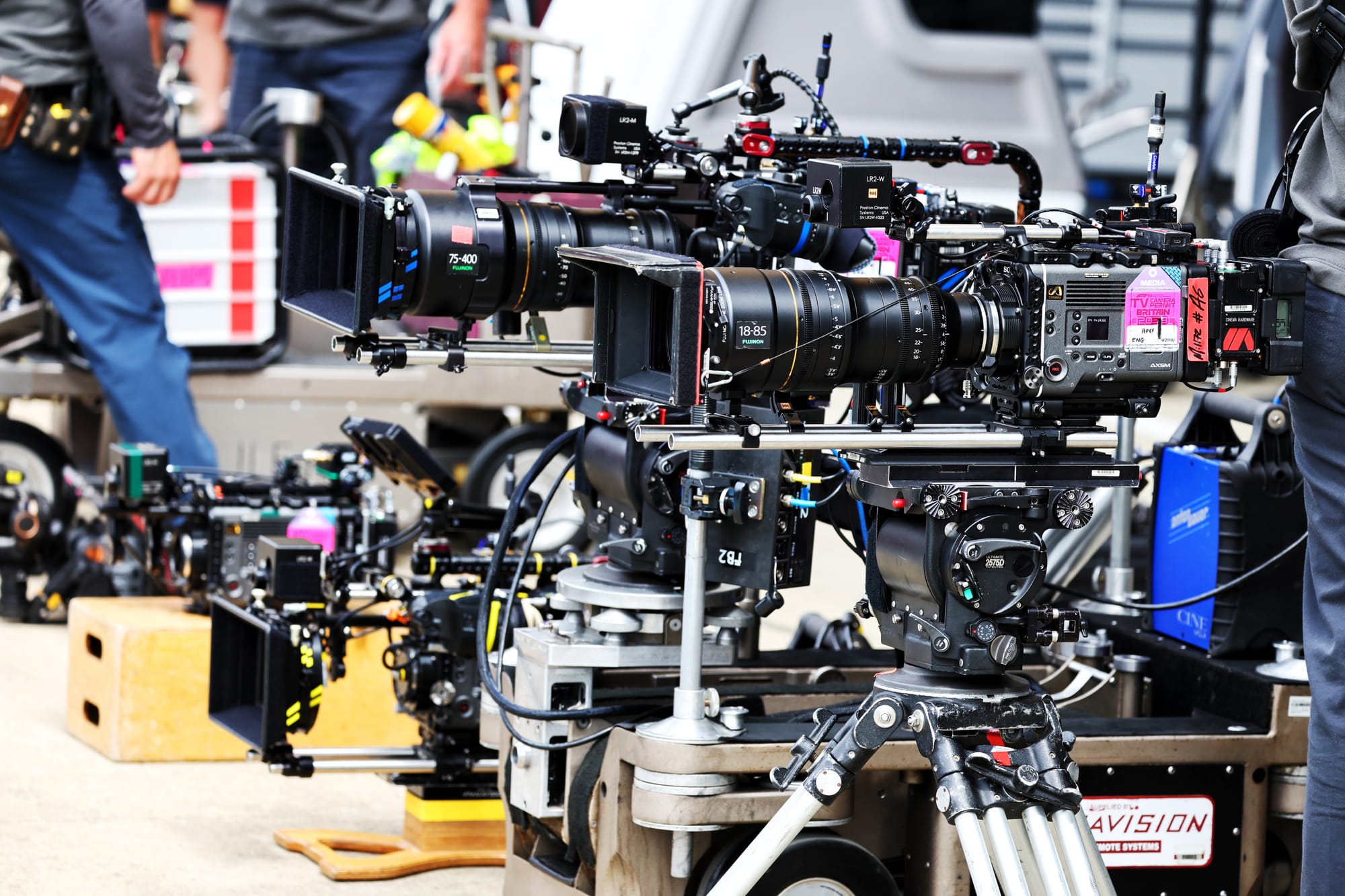
There are two elements to being ‘in’ F1 that should stand out very strongly in this movie - being immersed in F1’s world, and being put into the cars themselves.
As far as the first point goes, eventually every significant stakeholder - from CEO Stefano Domenicali to the team bosses, drivers, and individual race promoters - showed a huge amount of flexibility to capitalise on this opportunity and give the film what it needed.
“We wouldn't have made it, quite frankly,” Bruckheimer says when asked what kind of film this would be without F1’s buy-in
“Unless we do it the right way, we're not going to make it. So that's just the way it works.
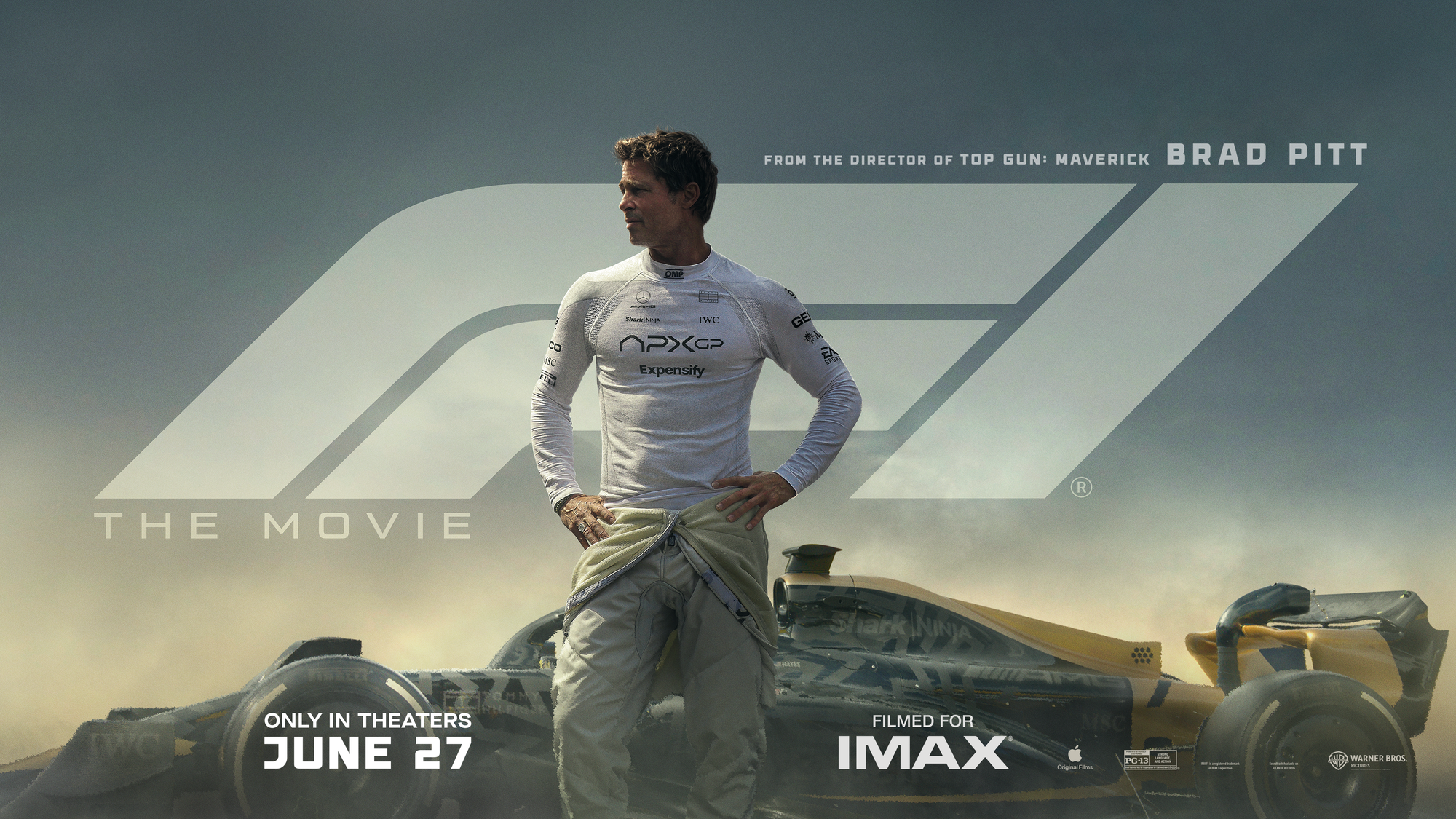
“But I think the fact that we had Lewis [Hamilton] as the entree, he's not going to bless something unless - you know how particular Lewis is.
“He had a confidence in Joe [director Joseph Kosinski]. I saw him [recently] and because he's seen the movie a number of times in various forms. I said, ‘How do you feel?’
“And he said, ‘You guys lived up to everything you said you were going to’.”
Hamilton has been assisting regularly in ensuring the film’s authenticity. He was drafted in early by Kosinski (below, right) and Bruckheimer as they had offered him a small role in Maverick, but filming clashed with his F1 commitments.
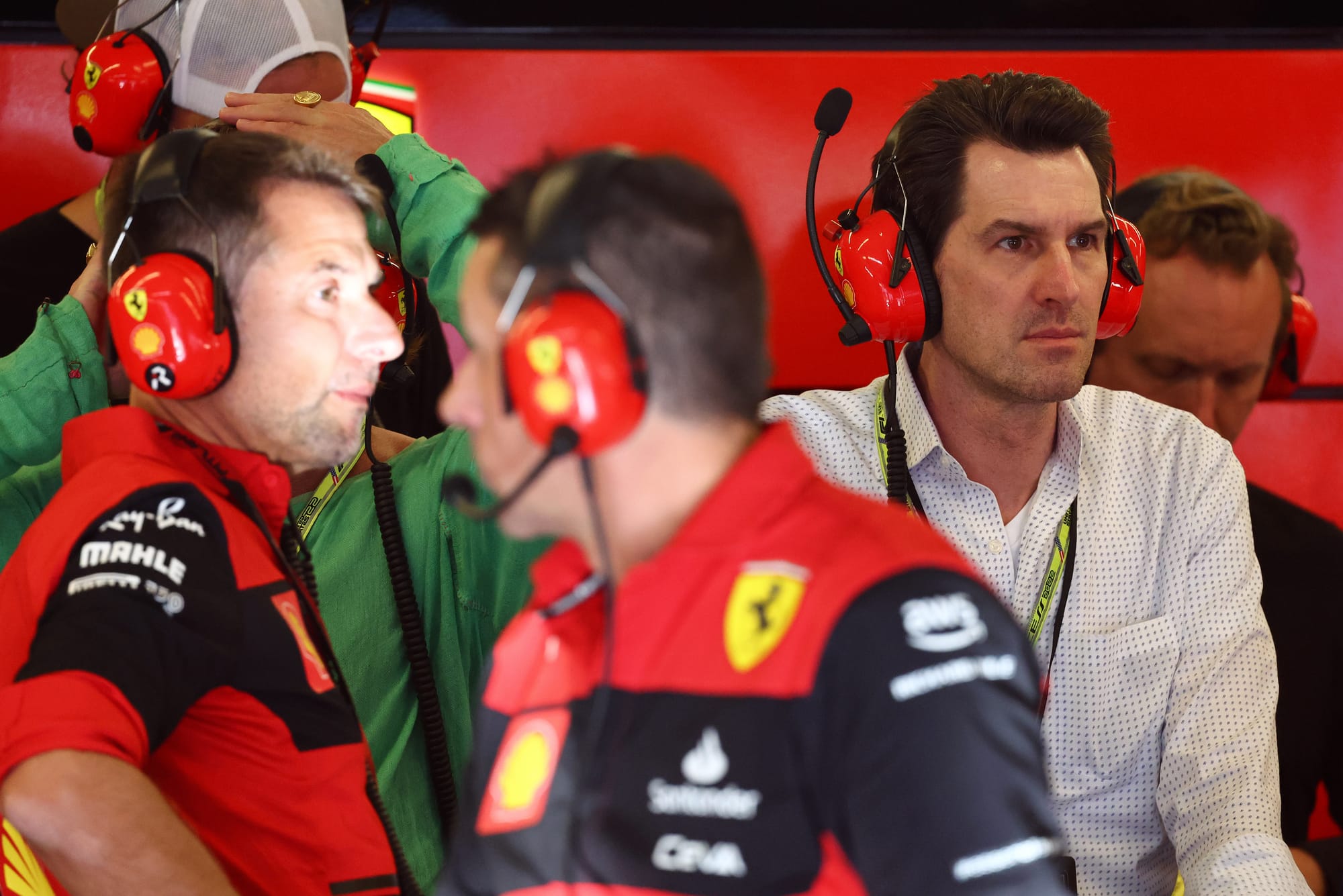
But there are two other stories from Bruckheimer that have cropped up time and again in off-record briefings and now various interviews.
One predates the F1 movie itself - he recalls approaching the US Navy to get access to the Top Gun school to film the original, and being rebuffed by the leader at the base. So they circumvented the admiral, went to US Navy secretary John Lehman, who saw the potential such a film could have on recruitment - so signed off on giving access.
“We were much smarter this time,” Bruckheimer says. “We went directly to Stefano, so we didn't go through all the intermediaries that can say no, and he was, ‘how can we help you? What can we do?’”
But once through the door, another hurdle emerged. The filmmakers needed help from the teams to pull off everything they wanted to do - ranging from filming on the grid before the start of actual races to getting all the cars lined up to film a red flag scene - and there was, as is now well documented, a little uncertainty from a particular Mercedes competitor…
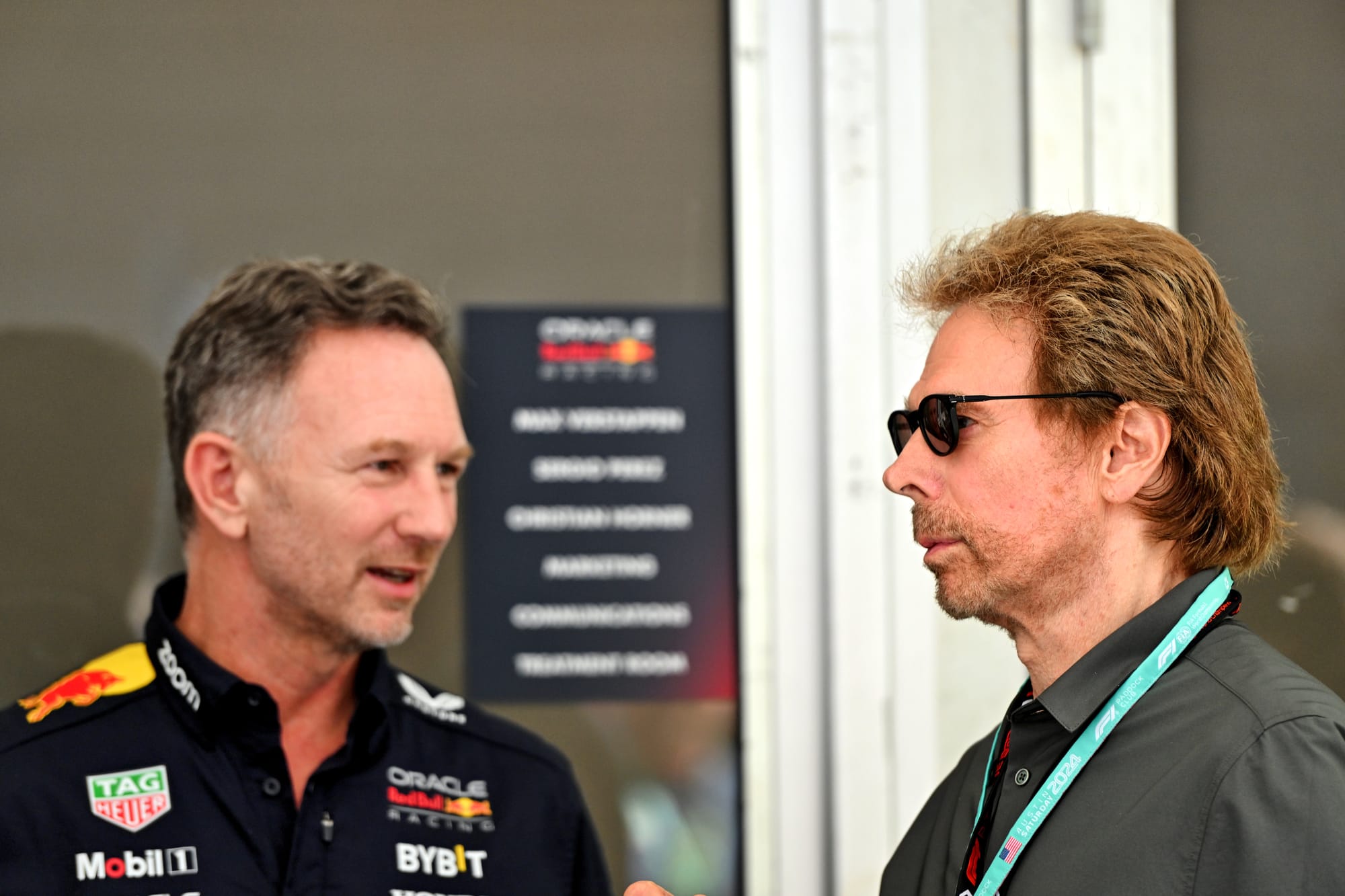
“Since Mercedes built the car and there was a rivalry with Red Bull, Christian [Horner], of course, felt that, ‘oh my god, we're going to be the villains here’,” says Bruckheimer.
“And so it was a process of showing him things, showing all the teams and the drivers, how we did Top Gun and how we're going to do this movie, by skinning the cars the way we skin the jets in Top Gun. And they slowly came onboard. They were less sceptical.”
It wasn’t just the competitors, though. Asking for five or 10 minute chunks of track time in-weekend to shoot various scenes and get Pitt and Damson Idris on track put a toll on already stressed weekend schedules.
“We had to prove to them, ‘if you give us five minutes, we're off in five minutes’,” says Bruckheimer. “It's not five and a half minutes, it's five minutes.
“The hardest one was Vegas, because they'd never done it before, so they were the most scared. But we did get access, and the next year we got even more access, so they realised that we're men of our words.”
Getting the actors to drive
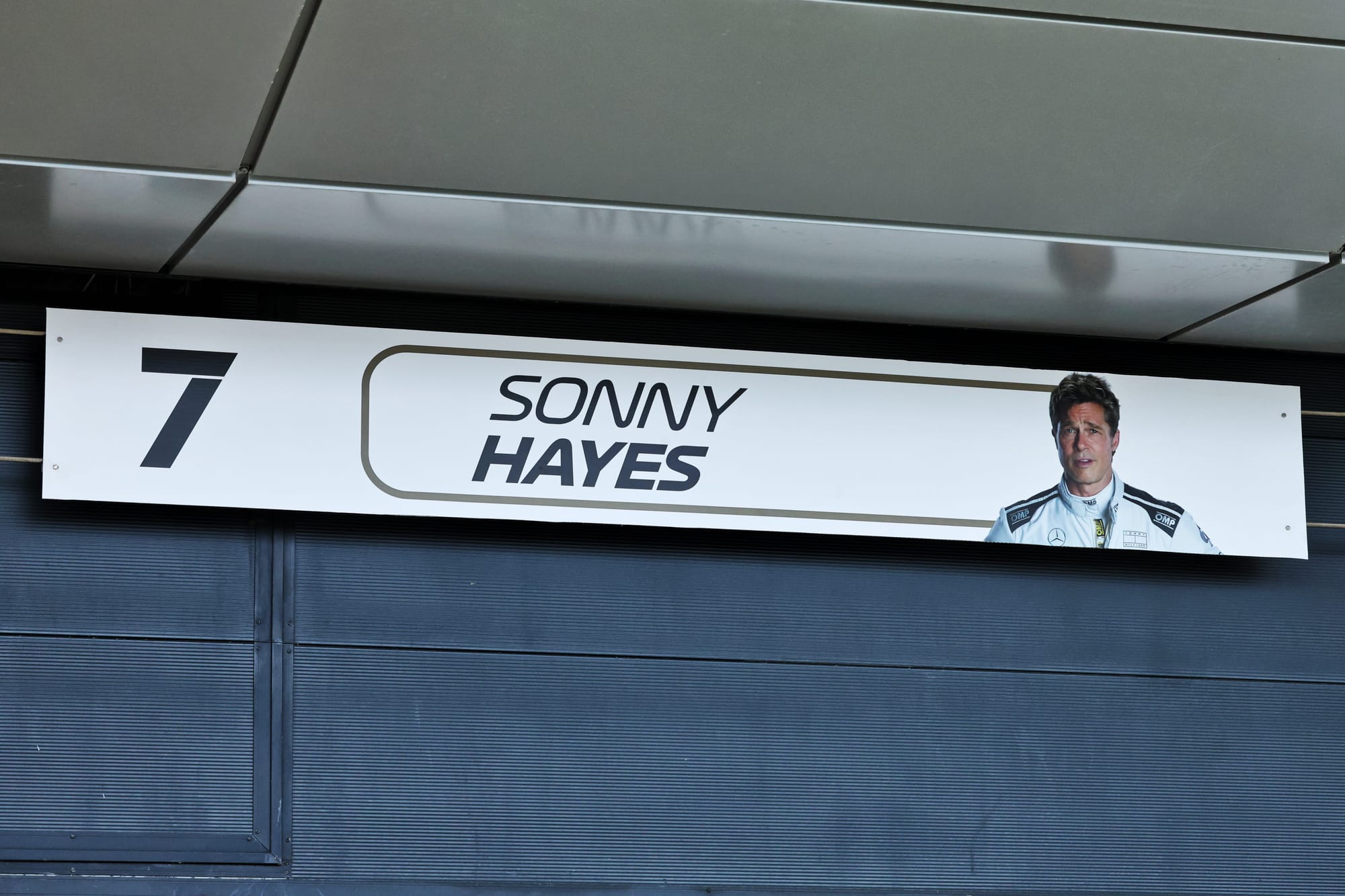
Taking viewers into the driving seat comes quite literally through the camerawork that goes even beyond what was used on Top Gun: Maverick inside the fighter jets.
Technology has evolved even in the few intervening years between these two films and Kosinski has tried to take full advantage.
“Joe loves authenticity, and he put six cameras in the cockpit,” says Bruckheimer.
“Well, he took it to another level on this movie.”
Essentially, F1 benefited from being able to use more cameras, with more flexibility on how to be used now they are remote controlled and can pan from car to car.
This, combined with getting the actors to actually drive the adapted F2 machines (as well as stunt drivers assisting other scenes) means the filmmakers could literally go from a camera facing Pitt to the same one moving round to see Charles Leclerc or George Russell.
Already, it is obvious this brings two benefits.
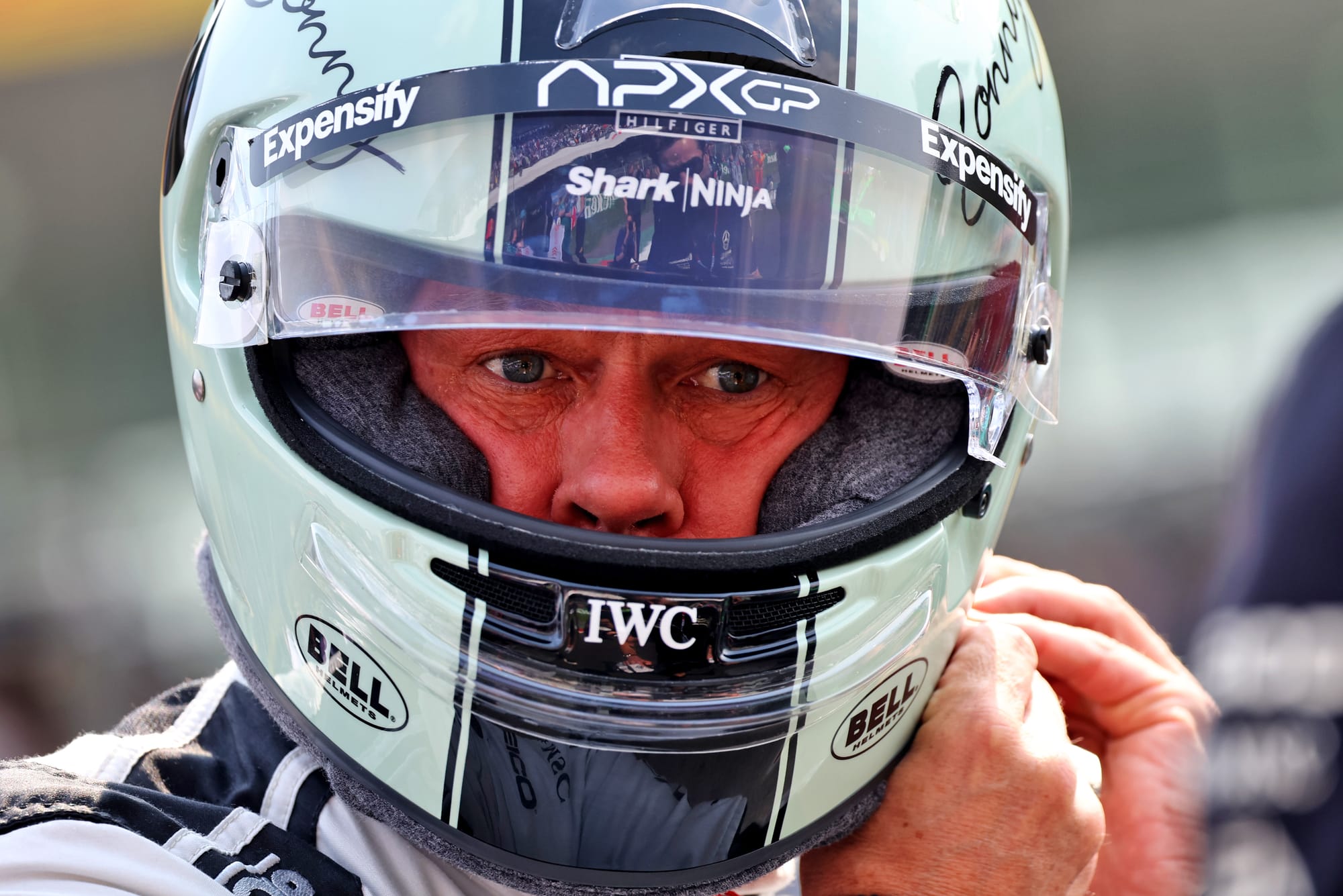
One is that you can see the characters really are driving the car and driving it relatively competently - which is obvious. Maybe the average moviegoer won’t notice but an F1 fan will surely appreciate the detail. The other benefit is the visceral feeling that the imagery conjures - something that special effects and external shots simply would not match.
Unsurprisingly, Pitt and Idris were very keen participants. Pitt even said he wouldn’t make the movie if it was just going to be CGI. But the idea itself was from Kosinksi who “wanted to do it as real as you can possibly do it” - to the point Bruckheimer says that “when we were casting for Damson’s role, we put him out in the car before we cast him to see if he could drive.
“If he wasn't coordinated, he wouldn't have got the part,” adds Bruckheimer.
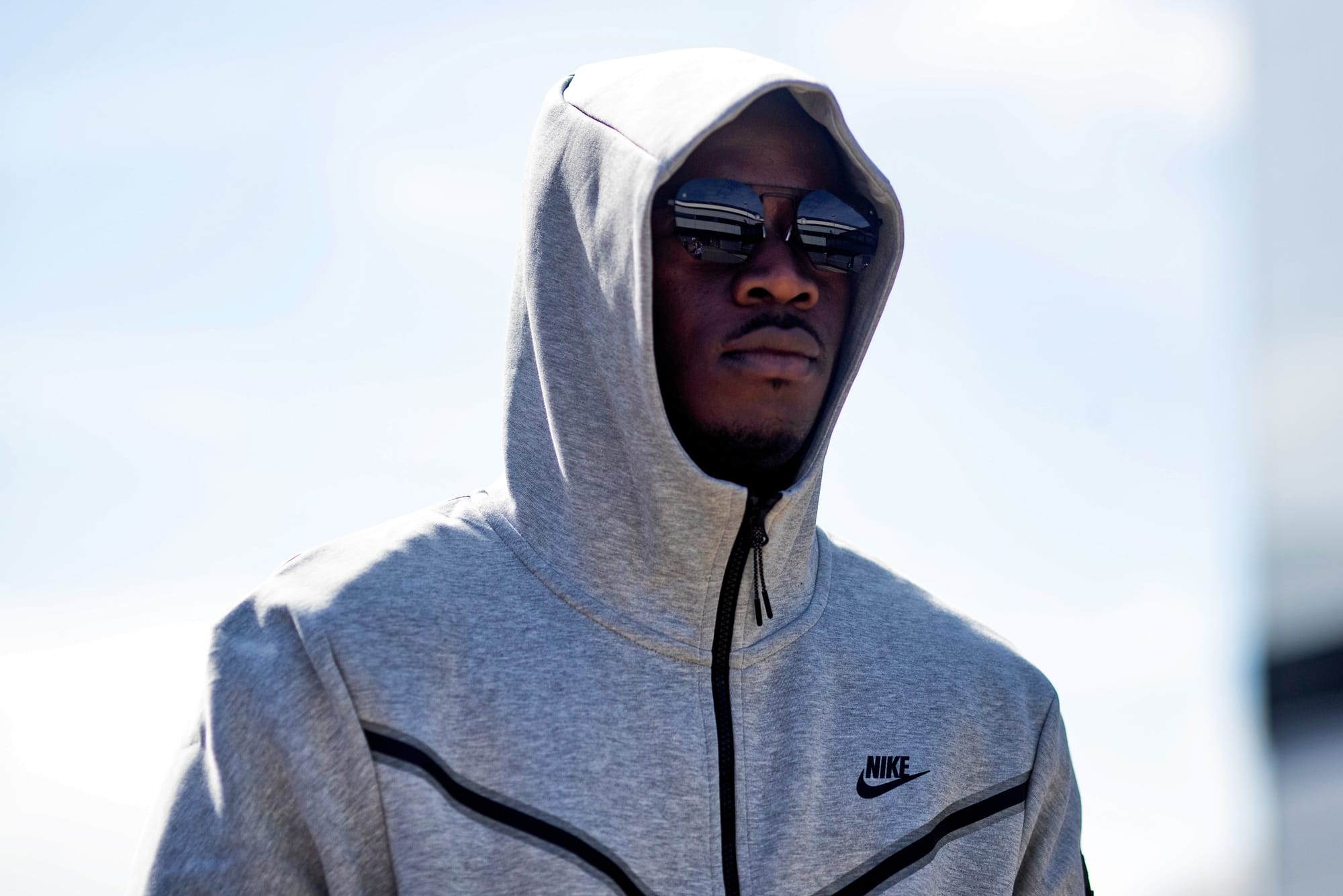
“And he was great. He's a good athlete. And I think even Lewis was surprised what a good athlete Brad is, because don't forget, he’s done a lot of motorcycle work and riding so he had really good hand-eye coordination, so he was a natural when he got in the car.
“Damson, coming from [London], they don't drive much there, so it was a little more of a learning process for him! But he caught on really quickly.”
What fans should get out of this
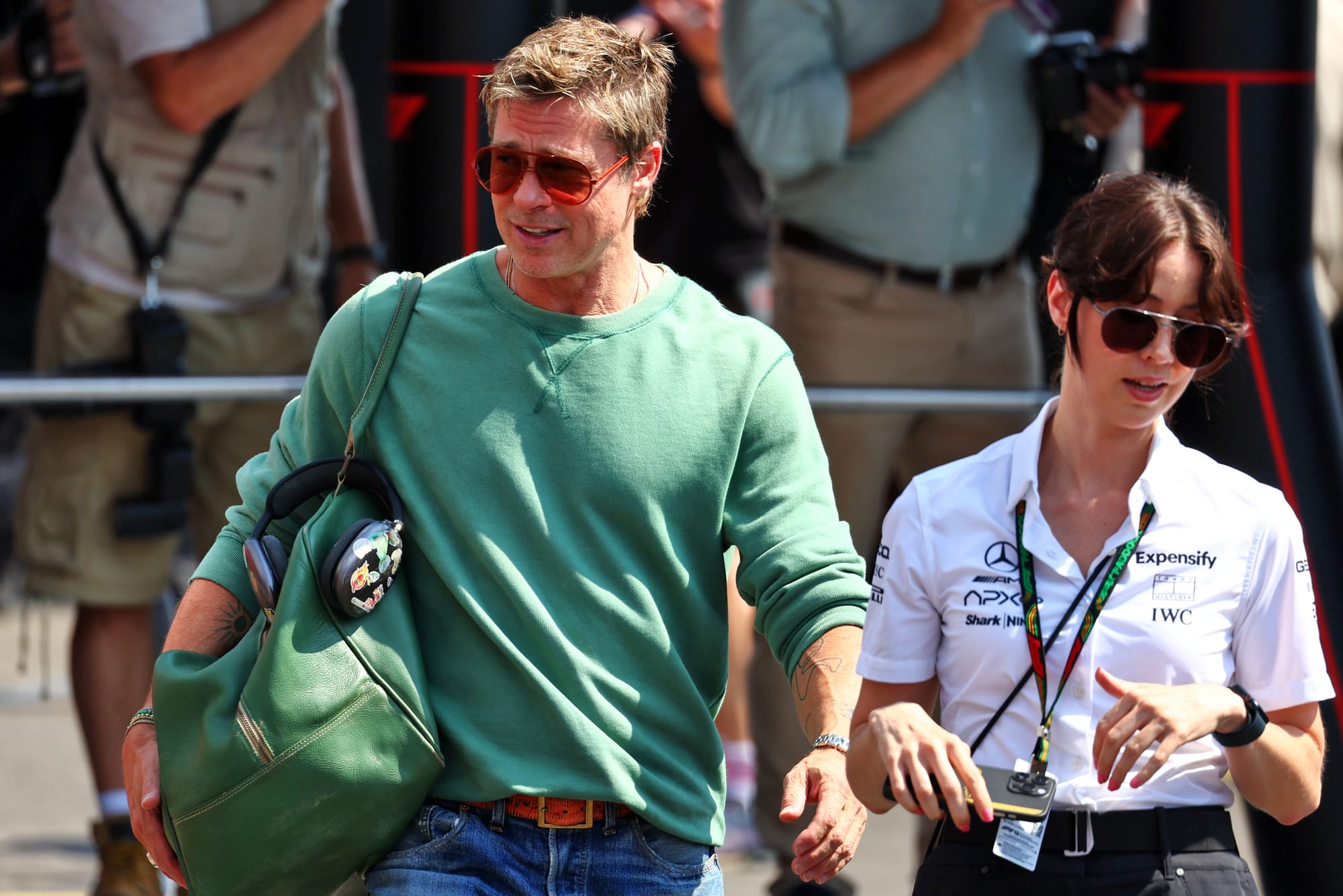
Pitt’s role is as ex-driver Sonny Hayes, who returns to the grid well, well past the age of a normal driver - old enough to make Fernando Alonso feel like he still has many years ahead of him.
Inevitably, the basic plot outline existing without any context has opened the door for a lot of mockery and criticism. But it does get addressed - and Hamilton apparently helped smooth out the storyline.
“Brad was driving Daytona because first [in the script] we had him in dune buggies,” says Bruckheimer.
“And Lewis said, ‘No, you can't go from that into an F1 car, but you could from driving in Daytona, the 24 hour race, going into one of our cars’.
“And then we showed him the first section, and he said, ‘not right, he needs to have lessons on the steering wheel, he just can't get in that car and understand the steering wheel’. So we do a little section of him being briefed.
“It's just those little details that he added to add to the authenticity, which I hope fans will understand.”
“And you know, his age – we see online, ‘oh, he couldn't be able to drive the car’. We deal with it in the movie.
“We try to touch all the buttons that a real F1 fan would say, ‘oh, wait a second’.”
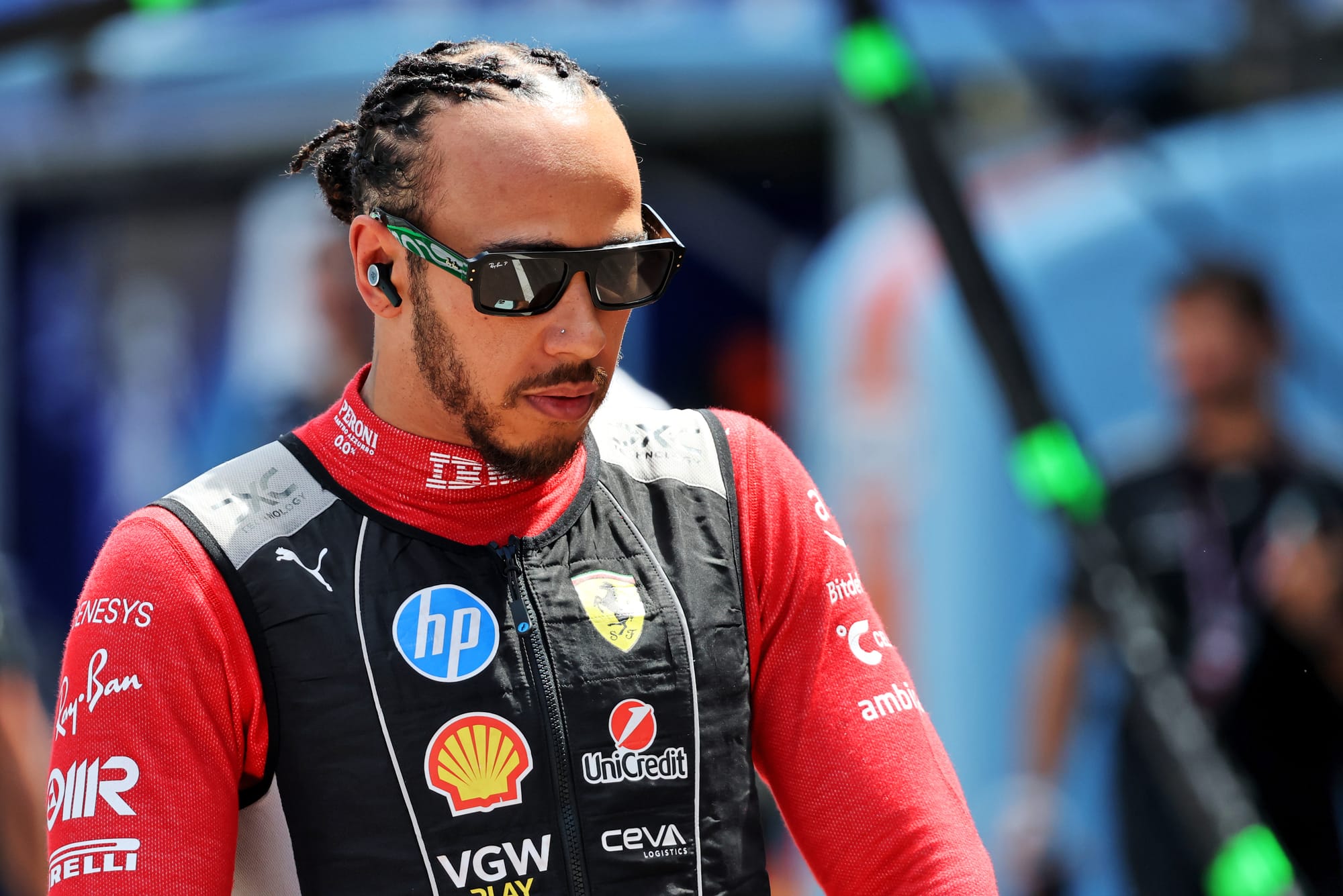
That point is significant. Dedicated fans of anything can be very protective, and so it is with F1. Any attempt to share it with a ‘new audience’ has to be done right, to get them to engage, but then there is no guarantee it will be well received by die-hards. It’s a very tricky line to tread.
The Netflix Drive to Survive docuseries is a case in point. There are often accusations of fans ‘gatekeeping’ when they criticise some of the Netflix show’s, err, ‘techniques’. But that’s really because it’s meant to be an accurate portrayal of F1, and sometimes it isn’t.
Whereas the F1 movie isn’t pretending to be a documentary, so extra creative licence is inevitable and, in fact, is probably essential, if this film is to land the way the people behind it want it to.
“I want them to see that we made the movie the right way, by having our actors actually drive, by working with Lewis, working with all the various teams, working with F1, to show we did everything possible to make the movie as authentic as possible,” Bruckheimer says about what he wants people who already love F1 to get out of this film - “[while] understanding it's still a Hollywood movie.
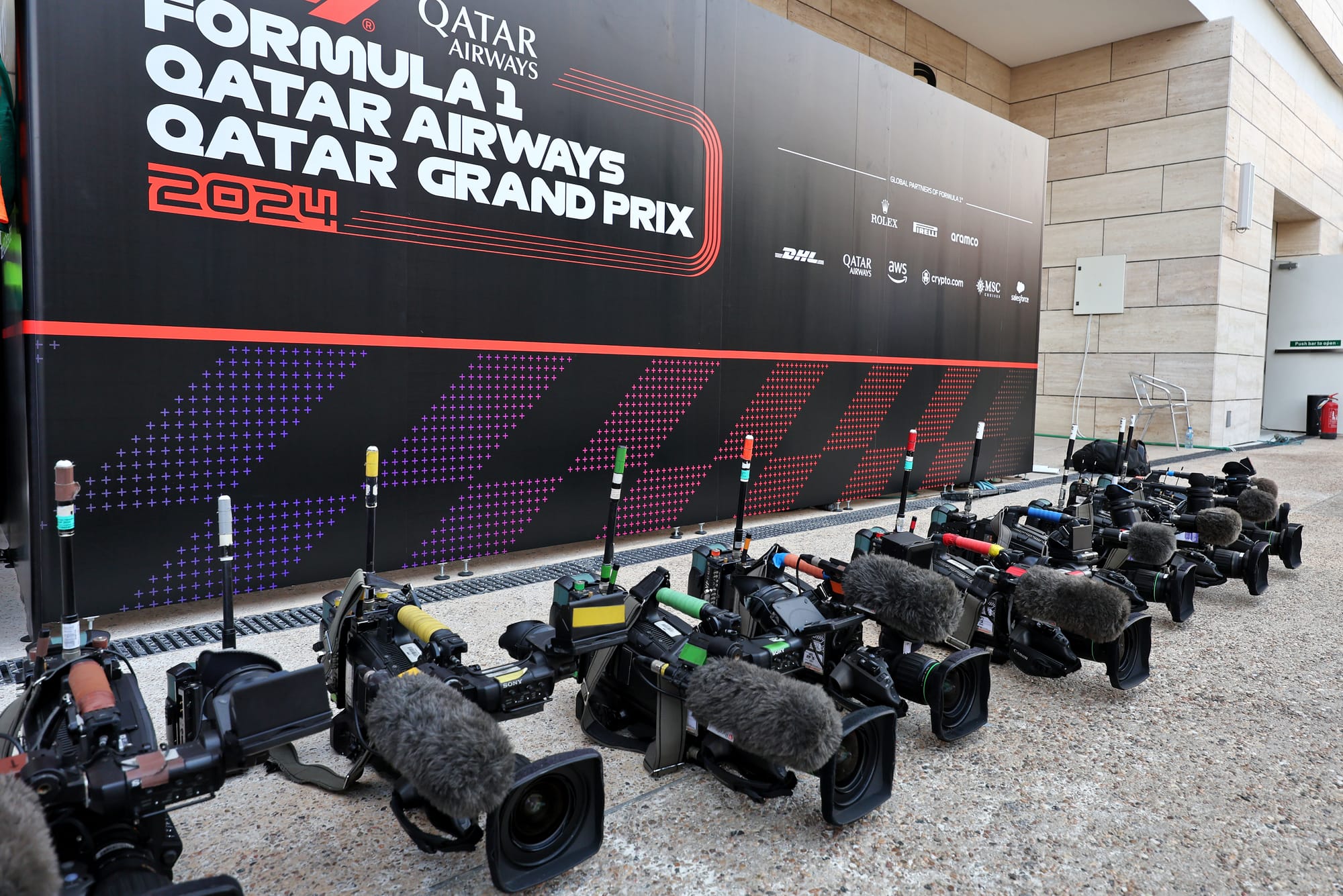
“It's not a documentary. So you have to understand that.
“But everything that Brad and our drivers do in the races, a Formula 1 driver has done in the past. So all these tricks that he does because he doesn't have a fast car, other drivers have done this.
“Now, some of your fans won't realise that - ‘oh, that never happened’. It happened.
“There's a crash in the movie, and it's based on the Martin Donnelly crash. And we got his permission, we did all the right things to do it.”
What about new fans?
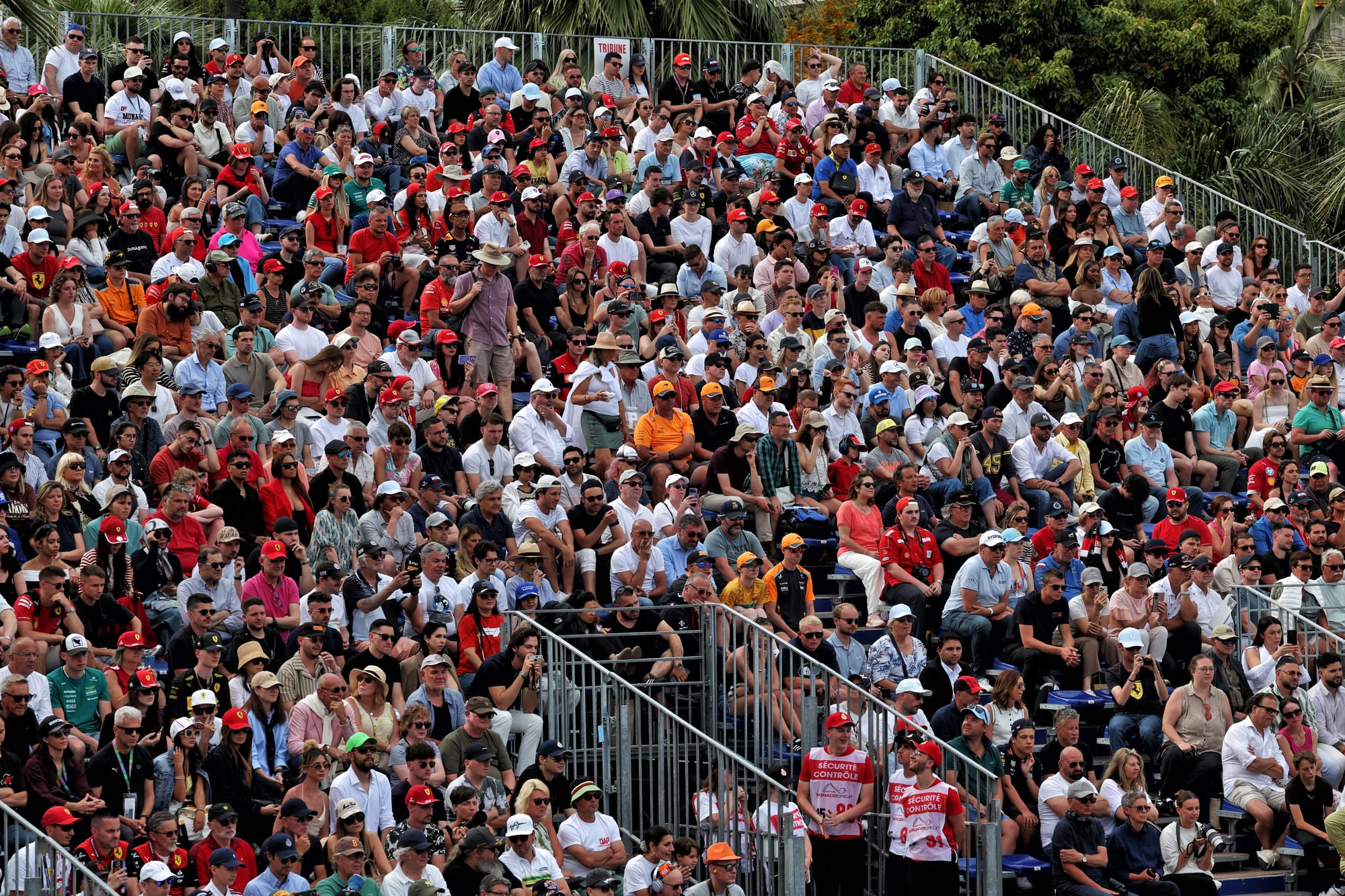
The other core target group is a much, much bigger one - the hypothetical ‘new fan’ that every sport, every media outlet, every entity with skin in the game often chases.
Throwing F1 onto the big screen is the championship’s single biggest opportunity to get someone who would never normally watch a race, to give it a go. Trying to judge what kind of conversion there might be is a fool’s errand, but the hope is of course that it does have an impact - otherwise so many people wouldn’t have bothered helping over the last couple of years.
In trying to court those unfamiliar with F1, then, what will a film that has so much detailed, behind-the-scenes footage use to win people over? What about this world will be shown?
“How exciting this world is, what gifted athletes these drivers are - nobody realises, unless you do a hot lap, how difficult it is and what your body goes through just doing one lap,” says Bruckheimer.
“These guys are doing 50 laps every other weekend or every weekend. So I think we show the beating it takes and what it takes, how you have to train, what you have to do during the week prior to the race, we try to touch on every little aspect of it to add to the authenticity.”
Bruckheimer has produced well over 50 Hollywood movies since the 1970s. Those include Beverley Hills Cop, Flashdance, Con Air, Bad Boys, Pirates of the Caribbean and National Treasure. To say he has been through this process a lot is an understatement. And yet, as the release of F1 approaches, he admits putting it out for the world is “always scary, as smart as we think we are”.
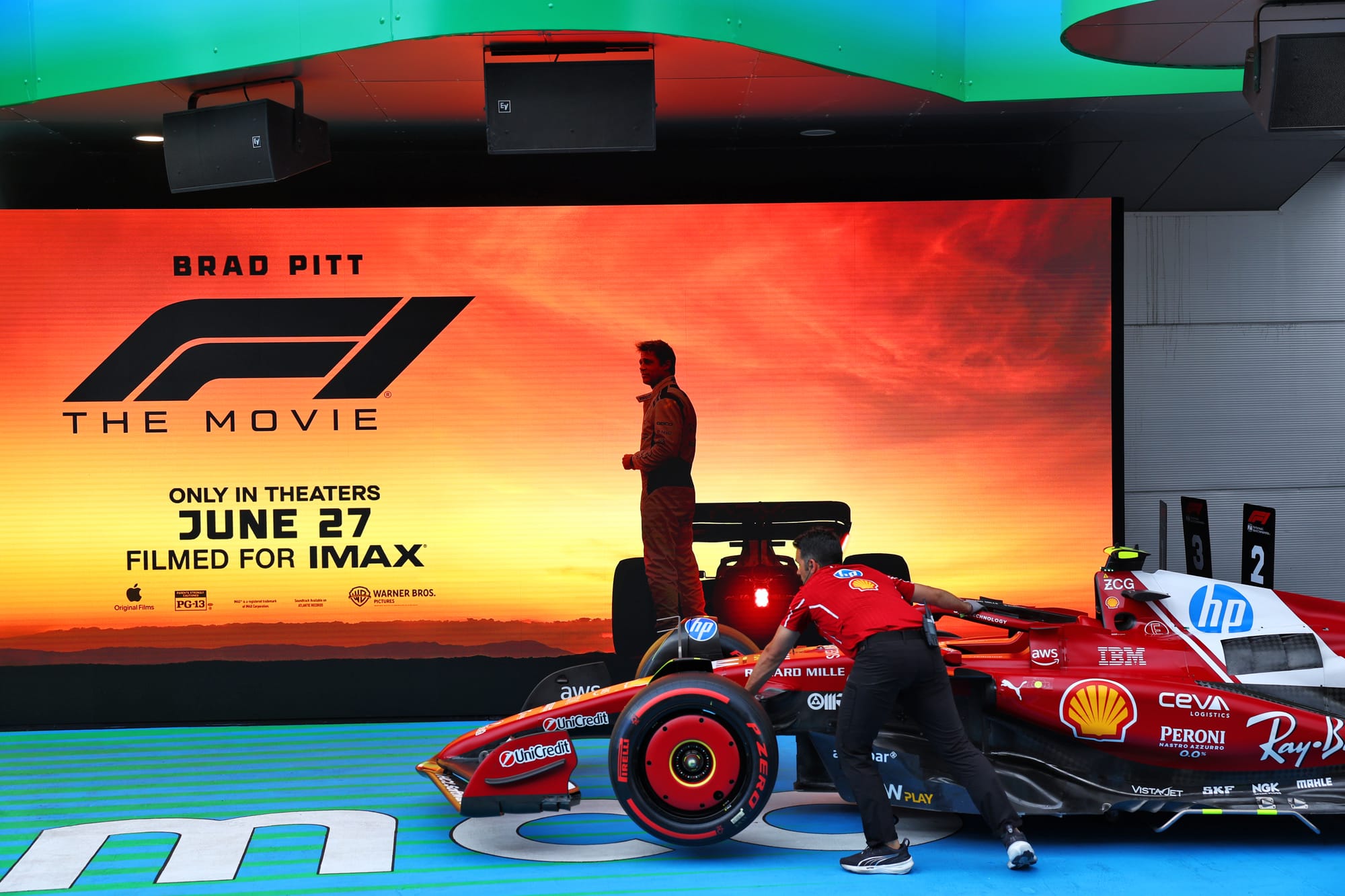
“This movie tested very high, but I've had movies test very high that nobody showed up to,” he says.
“But they're still good movies, it’s just people weren't interested.
“It's our job to market the movie to the non-F1 fans, because we'll get a lot of the racing fans. It's the other fans we need.
“When we previewed the movie, we did what they called a blind preview, which means you're invited to a film, we're not going to tell you what it is. So we announced the title, and one of the women said, ‘I have no interest in racing’.
“We did a focus group afterwards, and that same woman said ‘I wanted to leave [before the start], [but] I loved this movie. I'm going to tell my friends to go see it’.
“So we’ve got to get her in the theatre, and we’ve got to get a younger audience in the theatre.”


